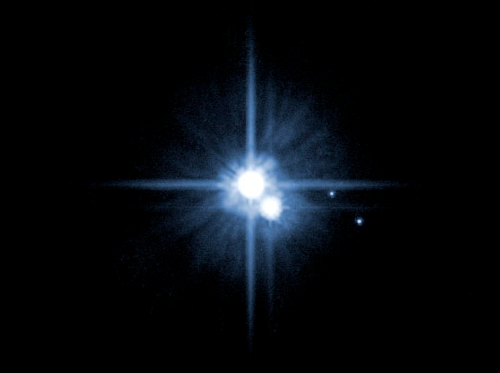
Section Branding
Header Content
Vote to Name Pluto’s Moons
Primary Content

The SETI Institute has provided educators with a way to engage the Common Core's integrated subjects approach and multimedia in the classroom. They recently discovered two more “tiny” moons orbiting Pluto, now a “dwarf planet,” and are asking for help in naming the moons.
In keeping with tradition, the names in the vote are related to Greek mythology’s Hades and the underworld. If you think there is a name that they’ve overlooked which should be considered, there is a form available to submit your argument. Do a good job, and they’ll add it to the list. You can see the options and instructions for the vote at PlutoRocks.com.
Integrate literacy, writing prompts, research techniques, and science lessons while engaging students in this current event. Make it personal by recounting the mnemonic tools for learning the planets when you were in school. “My Very Excellent Mother Just Sent Us Nine Pizzas” sound familiar? Challenge your students to come up with a new mnemonic device. Debate whether or not Pluto should be included in that list with its “dwarf planet” status. (And please let us know what your students decide. The generally feeling here is one of sentimentality. “How could they get rid of Pluto?!”)
On the voting page you will also find links to each of the Greek name options for the moon. The SETI Institute has made it a little easier to make an informed vote with the links to the information.
What name did your classroom choose for the moon?
The SETI Institute has





